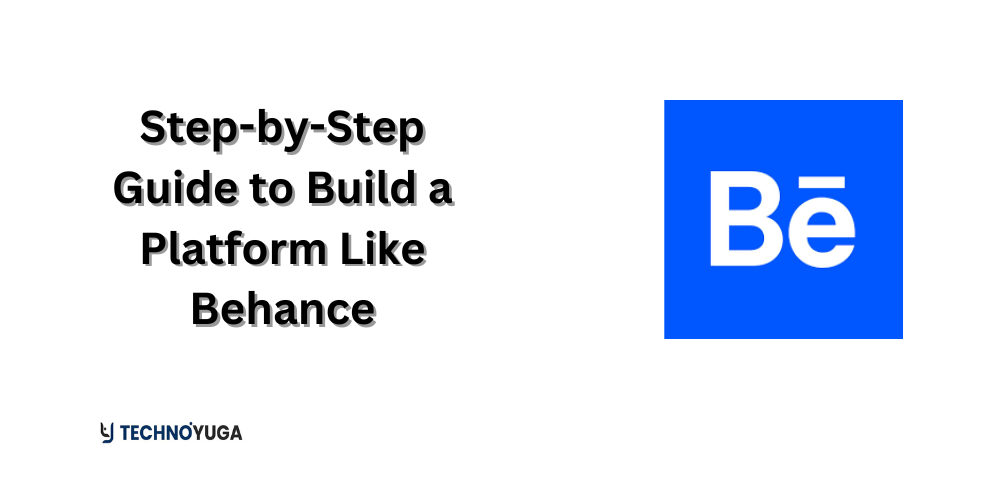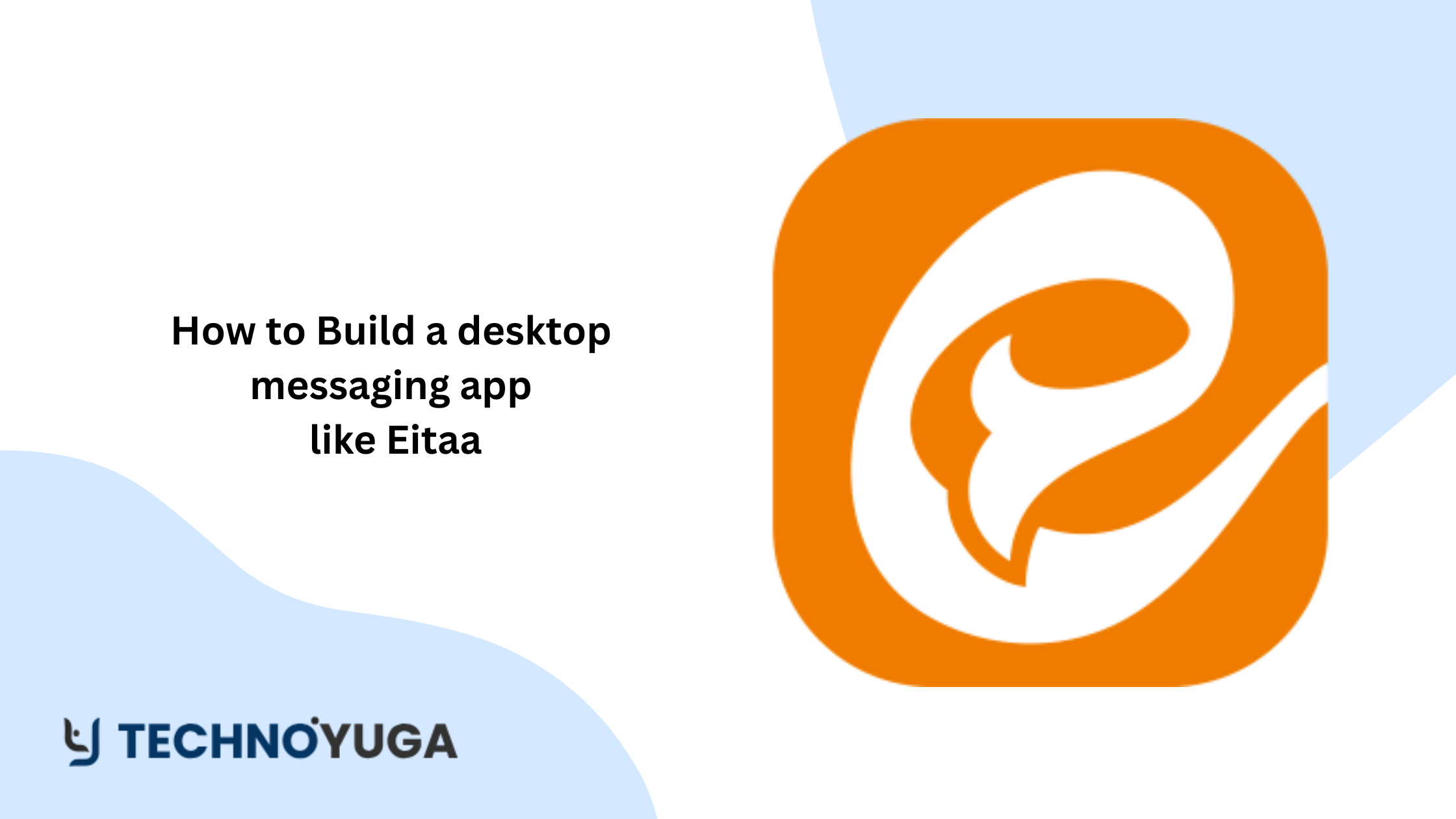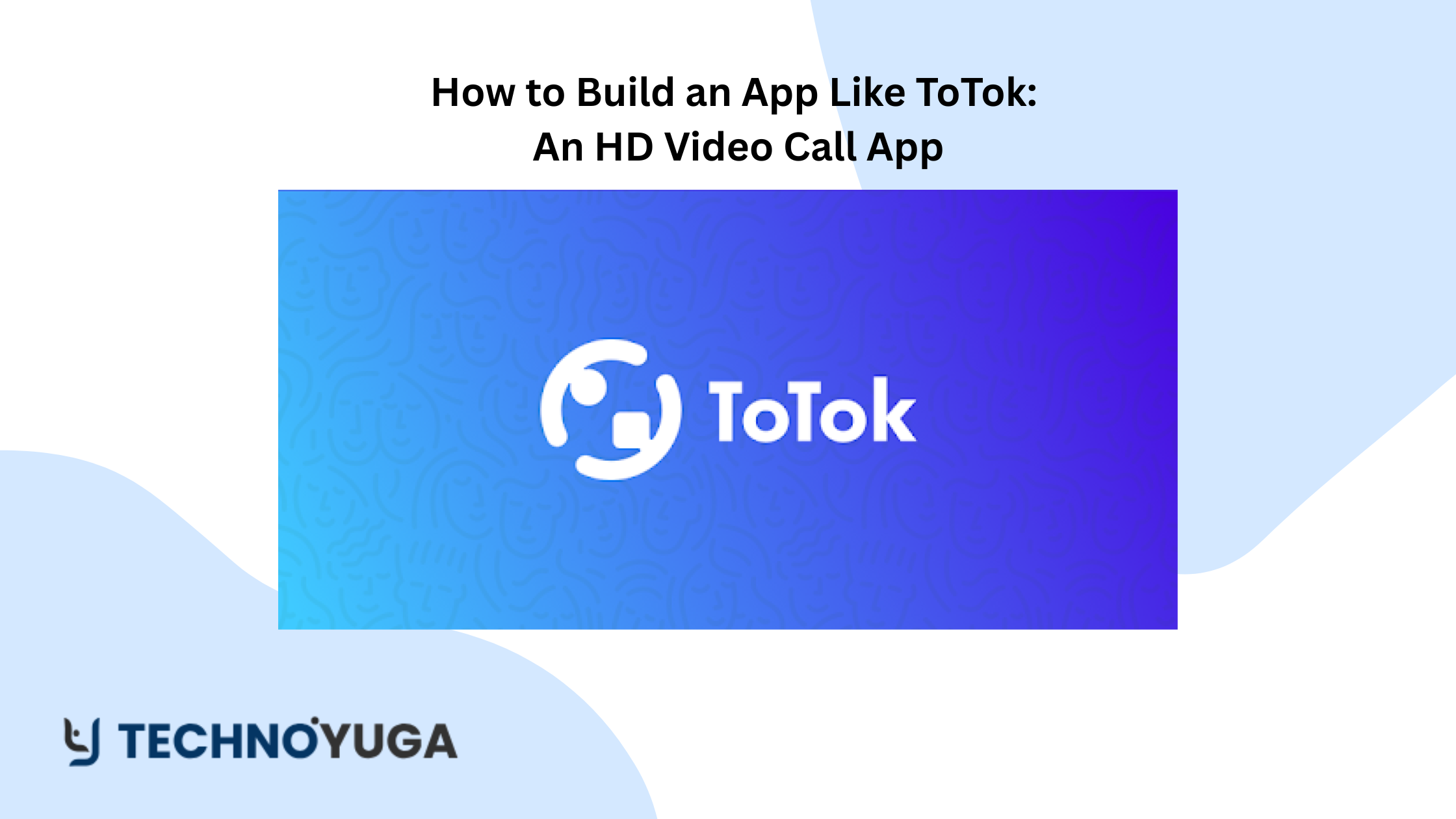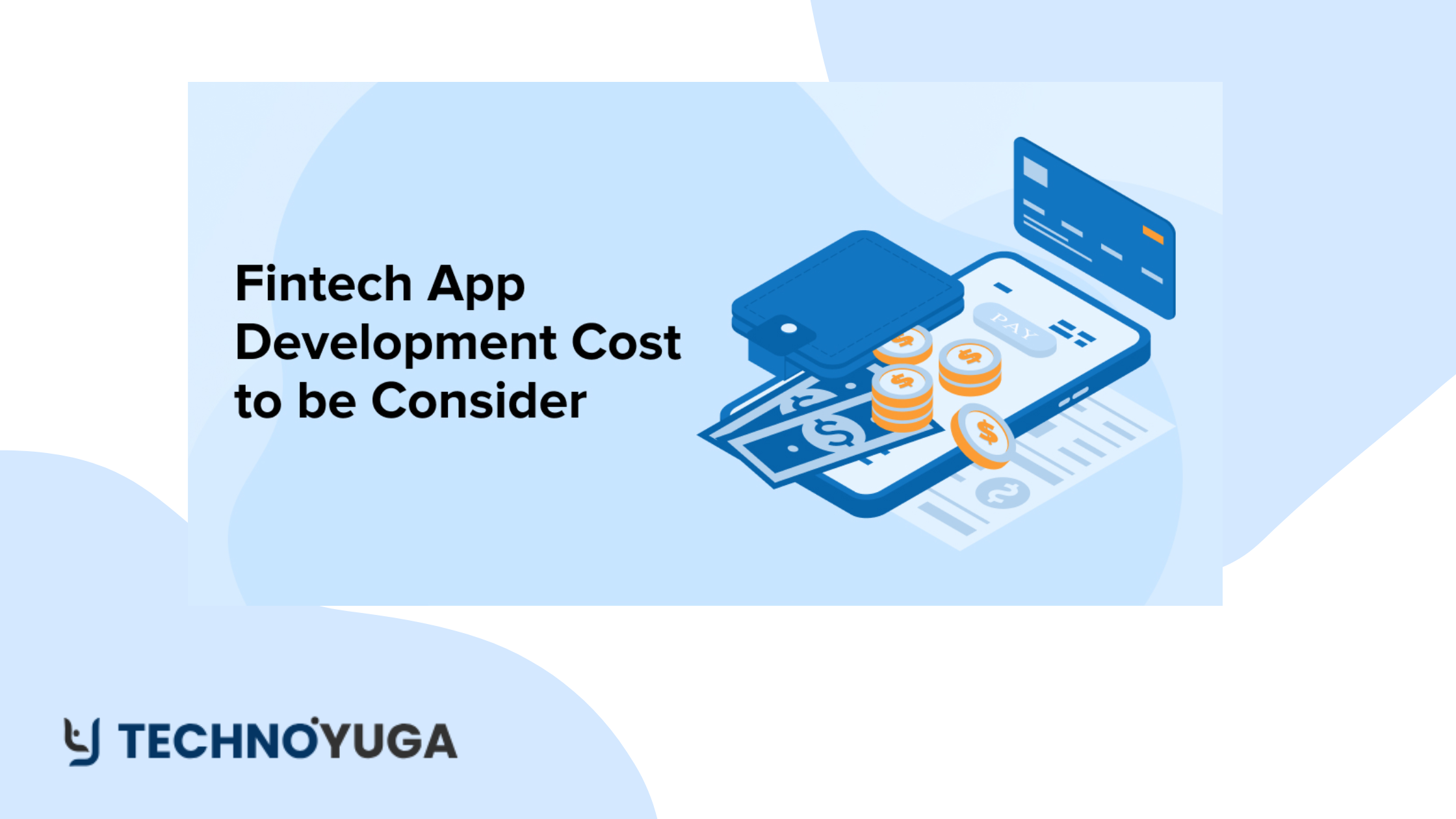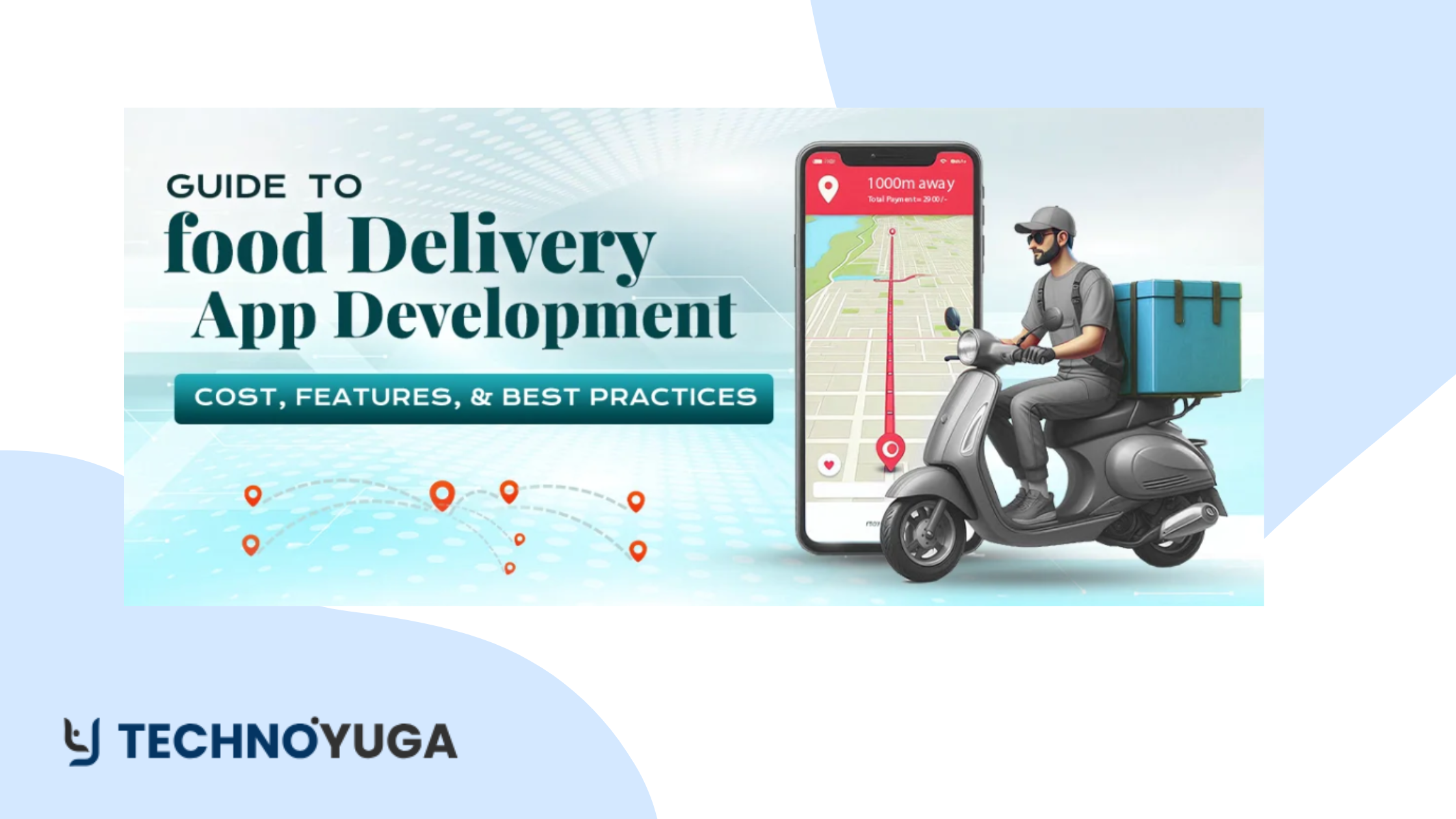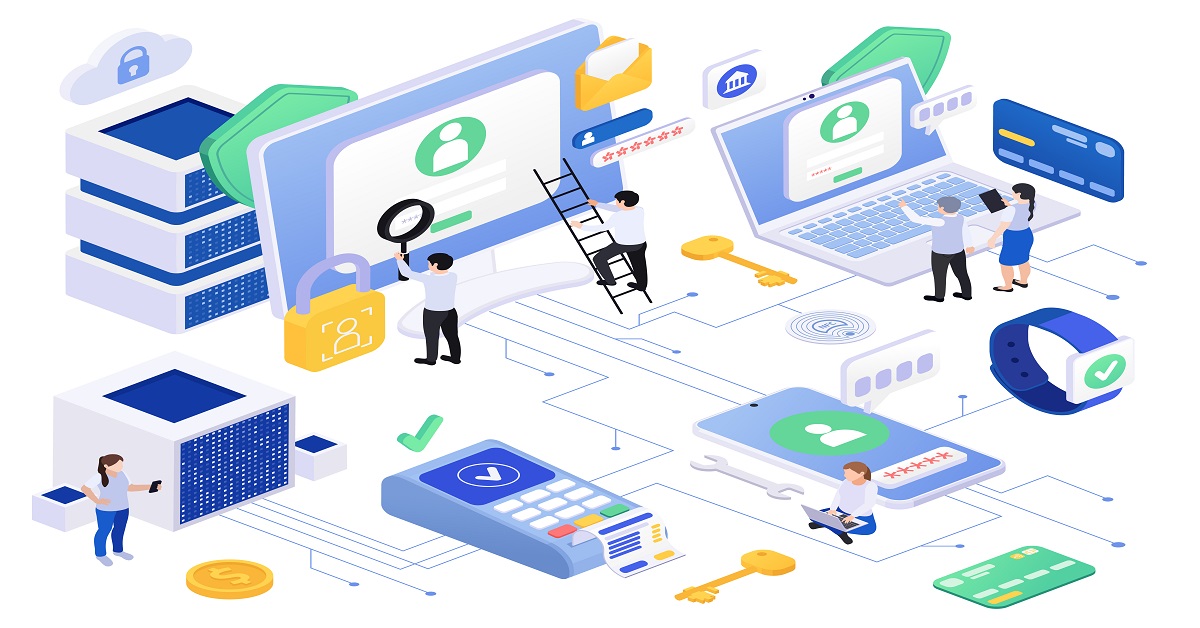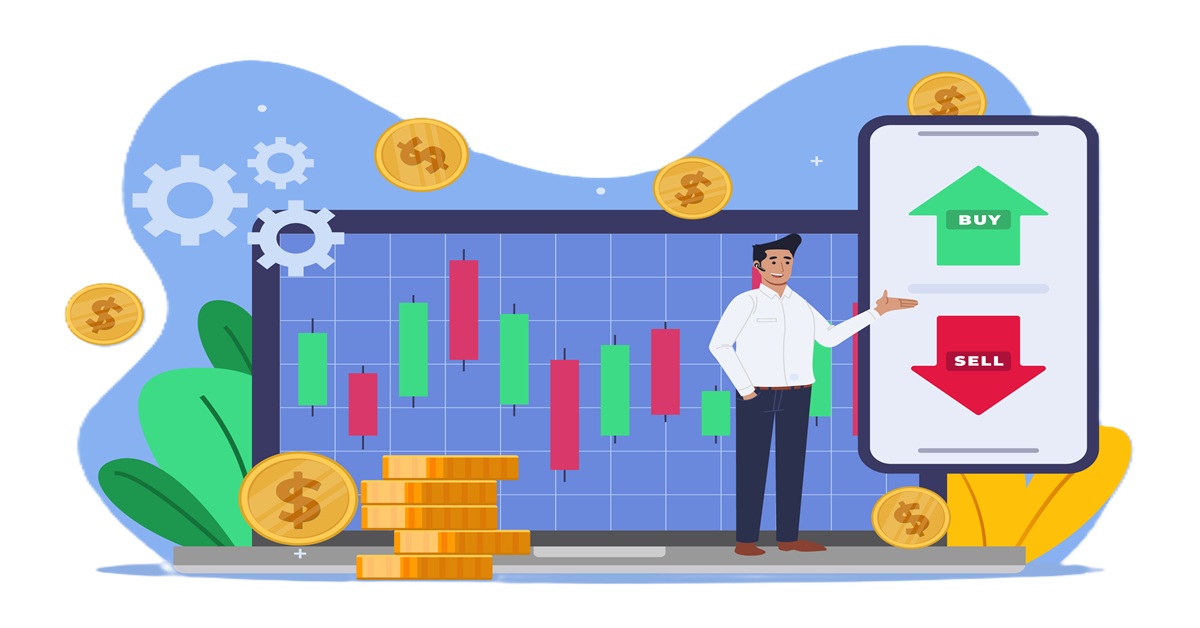In the modern world where ideas are the key to success, it is essential to provide artists with a space where they can express themselves and attract attention. Consider a place for designers and photographers as well as artists to present their work. And they can also be able to communicate with clients and other artists. So, if you have an idea to build such a platform then you can take a reference to Behance. But how to build a Platform Like Behance.
Here for your convenience we will outline the detailed steps on how to create a platform like Behance for showcasing creative work. We will outline the detailed steps on how to create a platform like Behance for showcasing creative work.
From the idea and its design, through coding and to its deployment. These first-class elements include user-provided profiles, portfolio galleries, social networking components, and job-boarding services.
So, keep reading and understand about Behance app development!
What Is Behance?

Behance is an online application operated by Adobe. It allows sharing and collaboration of creative portfolios. Behance is a portfolio service where professionals such as artists, designers, photographers, and others in the creative fields can showcase their works.
The most significant aspect of Behance is that it encourages users to connect with their communities. They can like other users, appreciate projects which are like the action of liking them, and comment on projects. This factor makes the site quite social and allows artists to interact with other people in their field while showcasing their work. Thus, it allows them to find clients and get feedback.
Behance also works in conjunction with Adobe Creative Cloud to enable easy upload of projects from the Adobe Suite including Adobe Photoshop and Adobe Illustrator. Besides, it provides employment services whereby companies can post vacancies and look at the portfolio work in searching for employees.
It is popular among many creative workers as a tool to establish their presence in the market, present portfolios to clients or employers, and keep abreast of developments in the field of creativity. Currently, Behance boasts millions of projects and numerous users making it a valuable resource for creatives globally.
How Does Behance Works?
It is a professional network that enables graphic designers, illustrators, photographers, and artists to display their portfolios and search for staff or customers.
- Profile Creation: Users provide information on their skills, experiences and on the kind of work they engage in when registering under this site.
- Project Upload: Users submit content in the form of projects for the evaluation of other designers and artists. There can be image and video galleries and briefs of the work, which showcases the talents and imagination of each project.
- Explore and Discover: Another critical aspect is the ability to scroll through other individuals’ project galleries. This enables them to draw inspiration, acquire new knowledge and keep abreast with the latest practices in commerce.
- Networking: Also, users can follow one another, like and comment on projects, and communicate directly. This assists in creating a list of people one can contact in the future for collaborations.
- Job Opportunities: Businesses place open positions on Behance with a focus on creatives. Direct application to these positions is possible through the application of the platform.
- Feedback and Growth: The community can offer contributions for the projects and rate them which can be beneficial for the users as for their professional level.
What Are The Key Features Of Behance?
The Key features of Behance are as follows:
1. Portfolio Display
Behance enables users to run digital portfolios, featuring the creativity of their work. This feature allows the creatives to upload images, videos and description of the project that is being worked on. For instance, it is like having a portfolio that prospective employers or buyers can view at the comfort of their offices. The idea of portfolios is simple and neat pertaining to presentation, and makes it easy for others to comprehend the abilities of the user easily. Another advantage of using portfolios is that users are allowed to create unique identities for their portfolio which makes them stand out among other users.
2. Project Organization
Through design, users are able to group their work into specific projects on Behance. The projects are a set of pieces. It includes images, videos and texts pertaining to a certain theme or a specific client. Thus, it is quite convenient for viewers to notice that the user is able to perform a range of tasks and work on various projects. Competition between designers, artists, and illustrators is stiff, and by arranging the similar output collectively. With it creatives are able to give an integrated impression of general aptitude and planning of the work.
3. Discover and Explore
Another feature that has made Behance stand out is the portfolio where one can browse through numerous creative projects from different parts of the world. Some of the categories available include graphic design, illustrations, photography among others are displayed on the platform. This allows users to see the works of other people, the new things they can grasp from it and even update themselves on trends. The explore feature is selection-based, which means that the most popular and qualitative projects are featured, which allows to find real gems easily.
4. Networking and Community
It also nurtures an active community of creative individuals through its site. They are able to add fellow artists, follow and like other projects, comment on projects and even exchange messages. This interaction assists in developing professional relationships and possibly collaboration. Through activity within a community users may get some kind of feedback with their work, get inspiration and ideas, as well as find new clients or partners. Networking is another major advantage of networking on Behance as it provides contacts for developing one’s career and connecting with other like-minded people.
5. Job Listings
The portfolio website has a dedicated jobs section that is perfect for any creative job openings. Employers and headhunters advertise various positions requiring certain specialties such as design, illustration, and photography. These listings are easy to view and allow applicants to apply directly via the platform. This feature alone will prove useful to creative people who will not have to visit several sites to search for a job that suits their specialty. It is also beneficial in identifying suitable candidates who have demonstrated their capabilities on Behance.
6. Creative Challenges
Behance contests are essentially creative invitations that people submit to encourage other people to come up with unique solutions to certain problems. These challenges can also have a theme for them or some sort of suggestion that participants have to come up with a new project in response to. When creatives enter these challenges, they get to explore new things, and at the same time, get exposed.
According to the trend, winners or top participants are awarded which helps in building a portfolio base to attract clients or employers. Incorporating in these challenges assists the users to remain encouraged, enhance their skills and interact with other creative users.
7. Collections
Portfolios in Behance enable users to compile their favorite workpieces into Collections based on categories or themes. This feature is analogous to compiling personalized lists of inspiring works, allowing users to collect and display a variety of works they appreciate or consider significant. Other people can view collections which in turn makes it easy to showcase a chosen selection of projects. This not only allows users to manage their inspirations but also fosters the ability to connect and share as other people can follow and explore boards.
8. Analytics
Analyzing Behance offers users necessary information about performance of projects. It contains information regarding the number of visits, likes, comments, and shares a particular project gets. Users can see project popularity and the likes and preferences of their audiences. Such understandings make it possible for innovators to make the right choices on their portfolio for instance preferred style or theme. Through such data, users can improve their work, align their projects with what people are interested in, and get more exposure on the site.
9. Integration with Adobe Creative Cloud
Users are also able to directly upload their creations from Adobe applications such as Photoshop, Illustrator, and InDesign to Behance using Creative Cloud. It also saves time and makes the updating of the portfolios easier since it is done on an integrated platform. It also makes it easier for users to upload fresh work to Behance through these apps so that they remain relevant to the Behance portfolio. It also comes with a feature that the user can get feedback on their work in progress and hire other creatives for touch-ups.
10. Mobile Access
The mobile application of Behance gives the user the ability to work with portfolios, search for projects, and be a part of a community from their mobile devices. The majority of features that the desktop version contains are available in the app, ensuring seamless accessibility for creatives in on-demand app development. Users can update profiles, upload their new works, and communicate with other creatives anytime and anywhere. Such convenience ensures that users are never left out in new interactions or opportunities. Further, the mobile application also allows notifications for comments, likes, and jobs, encouraging active engagement in real-time.
Steps You Must Follow For Build a Platform Like Behance
It is an extensive and complex process to create such a platform as Behance, including design, development, and implementation stages. Here’s a step-by-step guide:
1. Market Research and Planning
- Identify the Target Audience: Identify who will be using the systems/technologies (e. g. designers, artists, photographers).
- Analyze Competitors: It is necessary to analyze the functioning of study platforms such as Behance, Dribbble, and ArtStation to reveal their advantages and disadvantages.
- Define Unique Selling Proposition (USP): Begin by figuring out what your platform will offer that other platforms have not offered yet.
2. Conceptualization and Feature Planning
- Core Features: Determine the core functionalities that would contain profile, portfolio management, project management, interaction features, job board, and reporting.
- Advanced Features: It may be wise to explore other features. These Features are creativity contests, galleries, and mobile compatibility and integration with other services such as Adobe Creative Cloud.
- Wireframes and Mockups: Use wireframes and mockups to better communicate how the platform should look like and how the users should navigate through it.
3. Technical Planning
- Technology Stack: Select the languages for front end, Hyper Text Markup Language (HTML), Cascading Style Sheets (CSS), and Javascript frameworks such as React or Angular; back end: Node.js, Python, Ruby on rail; database: MySQL, MongoDB; cloud services: Amazon web service, Azure, etc.
- Architecture Design: Design the framework, layout of the server side, APIs and data storage on the platform architecture.
- Security Measures: Put in place measures to enhance the safety of customers’ information to minimize cases of hacking and data leakage.
4. Design and User Experience (UX)
- User Interface (UI) Design: Thoroughly avoid excessive outer ornaments and anything that might infringe the simplicity of the interface.
- Responsive Design: Make sure it is responsive and functional on different forms of devices such as personal computer, tablet, and portable phone.
- User Testing: Ask a few friends/family members/coworkers to try using the application and provide feedback.
5. Development
- Front-End Development: Develop the line facing part of the platform which should reflect the UI/UX design needs of the platform.
- Back-End Development: Implement the server side functionality including management of the user data, the uploading projects and their implementations, and the APIs.
- Integration: Implement the use of third-party service providers such as Payment gateways (for the activation of the pro version), Emails, (for notifications), Cloud storage (for media files such as images, videos etc).
Read also: Steps to Build an App Like Gencraft An AI Art Generator
6. Testing
- Functional Testing: Be sure all the features incorporated in the site work correctly.
- Performance Testing: Make sure that it can accommodate many people and has the capacity to accommodate a large traffic.
- Security Testing: To ensure that there is no vulnerability related to security conduct security audits.
- User Acceptance Testing (UAT): Permit a few users to use it and give their opinions before the actual implementation is done.
7. Launch
- Beta Launch: This is because having a beta version where a specific audience can use the application and advise on one or many aspects that require new changes is essential.
- Marketing and Promotion: Marketing strategy should be established to be able to attract more users. It is possible to use social media, promotional emails, collaboration with trendy influencers, and SEO.
- Official Launch: Launch the last version of the platform for the usage of the public.
8. Post-Launch Maintenance and Updates
- Continuous Monitoring: The last and eighth is continually observing the suitable platform’s performance, its security level, and feedback from users.
- Bug Fixes and Updates: Permanently correct veterans and launch new accessories in accordance with the user requirements and the latest developments in technology.
- Community Building: Build up a healthy community with an interaction plan, creativity contest, and consistent communication.
Top Apps Like Behance
1. Dribbble
Dribbble is a social site for designers, where you can publish, comment and look for a job at the same time. Graphic designers and illustrators, web designers particularly can attest to the device’s popularity.
Key Features:
- Showcase Work: As for the string contents, users can share small screenshots represented by “shots.”
- Feedback and Interaction: Respond to others, engage in their work, favorite other artists.
- Job Listings: Employers advertise vacant positions, and designers can Dice for them.
- Pro Accounts: Some of the extra features they offer include features that make networking and being visible easier.
- Mobile App: Add and view your portfolio with ease anytime, anywhere.
2. DeviantArt
DeviantArt is one of the largest artists’ communities and a social network for the fans of the artwork. This is perfect for photographers, digital artists, and even the traditional artists out there.
Key Features:
- Art Showcase: Share many kinds of artwork and put them on display.
- Community Interaction: That is the inimitable option to comment, favorite, and watch other artists.
- Groups and Forums: Use the bulletin boards, forums, and other social tools and actively contribute to the posts and threads.
- Print Sales: Offer people the opportunity to purchase prints of the given work from the same site.
- Mobile App: It is possible to get and alter the user profile easily from any device.
3. ArtStation
ArtStation is more suitable for artists who work in the gaming, films, media and entertainment field. This provides a professional approach that is in line with showcasing ones portfolio and even networking with other professionals.
Key Features:
- Portfolio Creation: Display images, videos and interactive 3D models of high quality.
- Learning: Getting tutorials and other types of educational material.
- Job Board: A few of the options in the entertainment field job listing.
- Marketplace: Some recommended selling options for an artist are to sell digital assets, prints, and so much more.
- Mobile App: Invest: Portfolio and communication and updates at your fingertips.
4. Adobe Portfolio
Portfolio applications such as Adobe Portfolio enable creativity to set up customized online portfolios. Adobe Spark is an application that is found under Adobe Creative Cloud and works hand in hand with other Adobe applications.
Key Features:
- Website Creation: It is incredibly simple to construct your portfolio websites.
- Integration: In sync with Adobe BB and CC and Behance creative portfolio.
- Customization: Many templates available, along with the design of the home page.
- No Coding Required: Clients Friendly interface for the website creation.
- Responsive Design: Today’s websites can be accessed on PC and mobile phones, with a mobile responsive design.
5. Carbonmade
Carbonmade is an easy-to-use tool for creating an online portfolio targeted at Graphic designers and artists. It has basic features to generate good-looking websites for displaying portfolios on the internet.
Key Features:
- Ease of Use: Continues: Low as it uses a drag and drop approach for the quick creation of portfolios.
- Customization: Beauty and themes- There are many themes to choose from and you can even customize it because it is an HTML site.
- No Coding: It consequently means that portfolio building, and its regular updating, do not require having specialized technical knowledge.
- Mobile Friendly: Most portfolios appear quite well on any conceivable screen.
- Client Proofing: Upload work for the clients to review and give their stamp on.
Read also: Develop a Platform Like Freepik With Our Comprehensive Guide
6. Coroflot
Coroflot is a community for the professional designers which provide a platform to exhibit the projects and to get the job search services. That encompasses industrial, graphic, fashion and other related design areas.
Key Features:
- Portfolio Showcase: Design and show portfolio.
- Job Listings: A large number of links to job boards and focus on design occupations.
- Community Interaction: Join and engage in discussions of other designers.
- Exposure: Visibility of the resume to the potential employers.
- Mobile Access: It helps in managing your portfolio as well as your applications and all things related to job hunting any time.
Conclusion
Creating a platform like Behance is a challenging process, but we have made it easy for you by providing an in-depth description of each step. However, if you do not wish to indulge in the development procedure and need a Creative Portfolios app development team to design your project, TechnoYuga Soft should be your choice. Our team provides knowledge accumulated through years of work in creating customized reliable platforms that meet your requirements helping you achieve your business goals with Behance app development.
FAQs
1. What are some monetization strategies for this platform?
Monetization mechanisms include paid memberships or subscription fees, ads, fees for job posting, and sponsored content. In order to add relatively passive extra revenues, additional services might include the portfolio reviews or educational courses.
2. How can I make my platform stand out from Behance?
Provide features that your competitors don’t, including targeted sub-groups, better collaboration instruments, or more efficient portfolio presenting. Ensure you are open to receiving feedback from users to help in enhancing and evolving the invention.
3. How do I handle user data and privacy?
Increase data security by applying data encryption and conducting periodic security assessments. Make your privacy policy easily understandable and follow the rules and regulations set by the legal authorities such as GDPR or CCPA.
4. How long does it take to build a platform like Behance?
It can take several months to several years depending on the number of features developed and skills of the team. While a simple one may take a few months, a fully-fledged one could take a year or more, in addition to testing and improvement.
5. Why should I build a platform like Behance?
This type of platform helps to build a community for creative professionals. They can share portfolios, find employers, and, at the same time, bring some profits through the site, using various methods of monetization.
